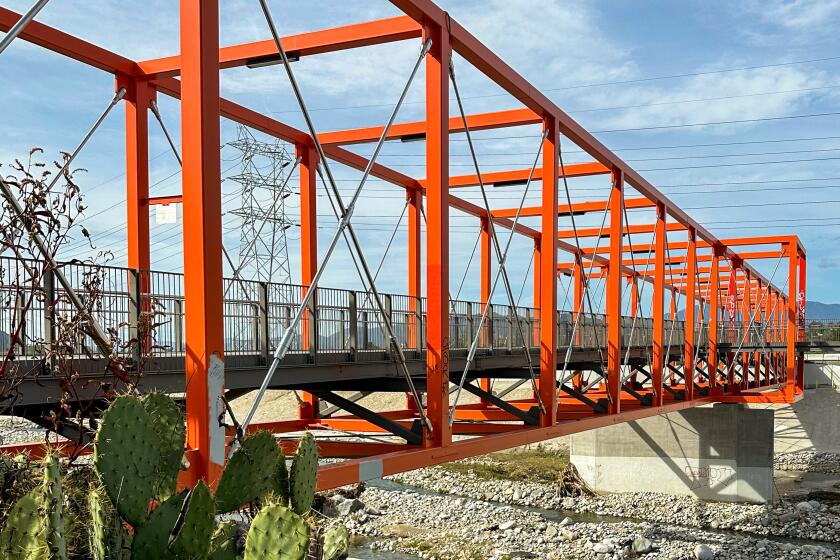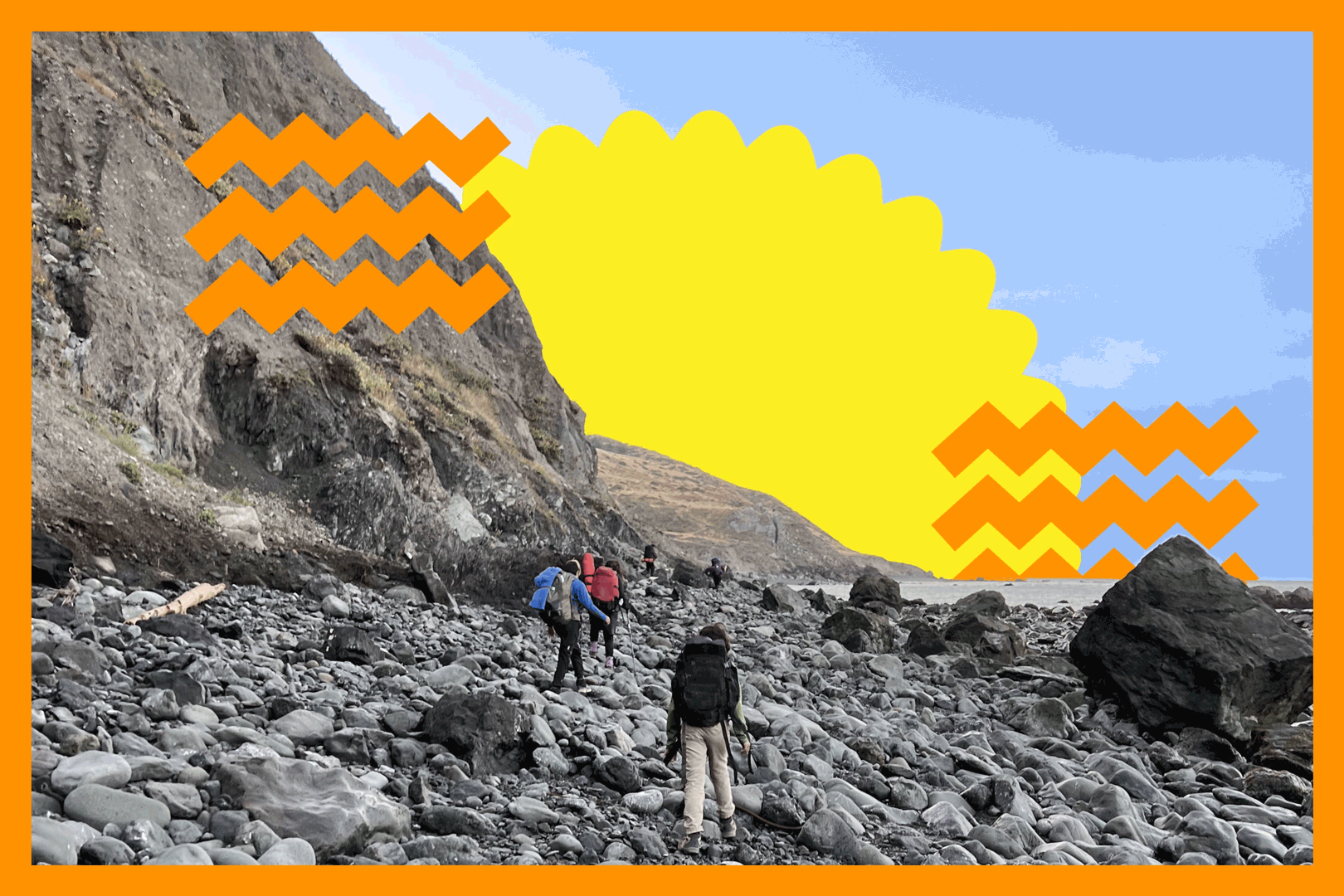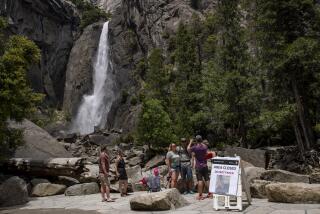Soon you’ll have to pay to camp on the Lost Coast. Here’s what to know
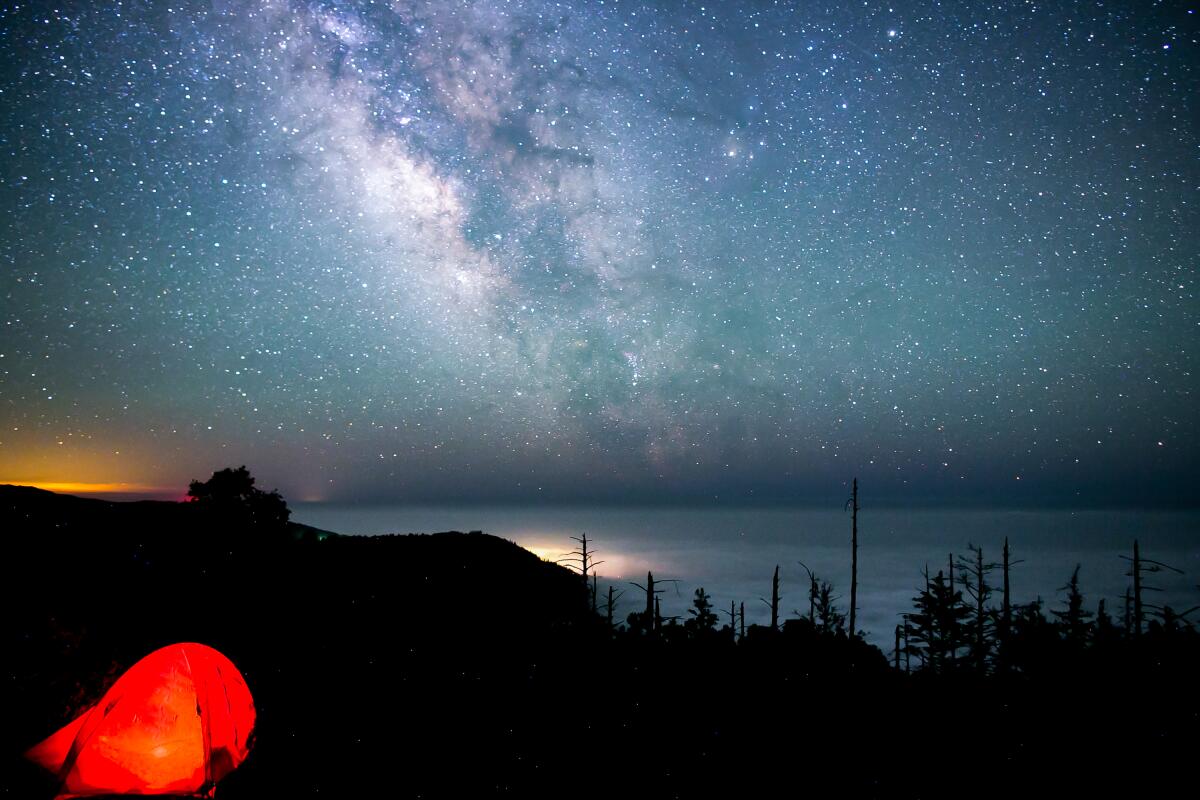
- Share via
The Lost Coast, a Northern California trail on many a hiker’s bucket list, is one of the only coastal backpacking opportunities in the contiguous United States. Starting in November, backpackers camping there will be required to pay $12 per trip.
The change is part of an effort to preserve this unique natural resource as tourism in the area has boomed. Money from the fee will go toward hiring more local park rangers, increasing public hours at the area’s visitor center, improving campgrounds and cleaning up trails after storms, officials said.
“Public lands are welcoming an increasing number of visitors,” Dereck Wilson, manager of the BLM Northern California District, said in a statement. “These fees will help maintain 85 miles of wilderness trail along the Lost Coast.”
Nine breezy walks around L.A. that will help you appreciate the gorgeous architecture of the city’s bridges and its rich local history.
Justin Crellin, executive director of nonprofit Friends of the Lost Coast, said the modest increase was “long overdue” and will lead to better management of the area.
The land’s best-known stretch runs through King Range National Conservation Area, where backpackers hike north to south on the Lost Coast National Recreation Trail along remote beaches home to elephant seals, sea otters and other marine life.
The most adventurous (or perhaps overachieving) backpackers can continue south, first 9 miles from Hidden Valley to Needle Rock in Sinkyone Wilderness State Park, and then — if your legs still feel OK — continue 19 more miles through the Sinkyone Wilderness State Park. This portion of the trail is known for being steep and at times overgrown.
But it’s also beautiful — you will see old-growth redwoods that survived the logging era. You might even spot elk, from which you should keep a safe distance.
Planning every last detail — especially when camping with young children — has its upsides. But there’s something to be said for serendipity too.
What does this new fee mean if you’re planning to visit the epic trail soon? Here’s a guide to everything you need to know.
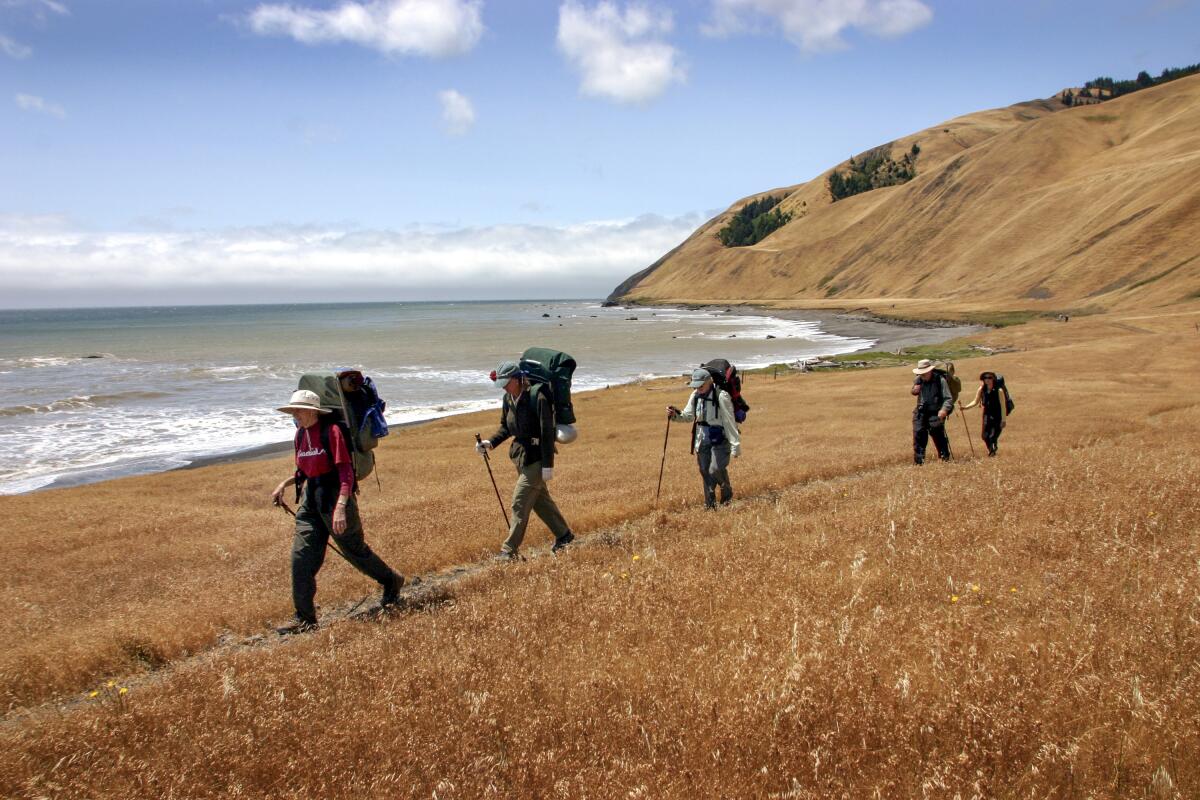
What’s changing?
Individuals and families who want to backpack the Lost Coast currently need a free-ish wilderness permit that’s issued online through recreation.gov. I say free-ish because, although there is technically no recreation fee for the permit itself, there is a non-refundable fee of $6 to reserve said permit.
As the Lost Coast has become more popular over the years, officials have gradually added more clerical steps required to visit the trail. They first implemented a reservation system in 2017 to ensure the Lost Coast wouldn’t become overcrowded and lose its signature aura of solitude, said Jeff Fontana, a public affairs officer at the federal Bureau of Land Management (BLM), which manages the Lost Coast land.
Happily stranded on California’s Lost Coast
Starting in November 2024, visitors will have to pay a $12 fee per person per overnight trip, with a maximum stay per trip of 14 days. It will be payable through recreation.gov. That fee excludes day hikers and children 16 and under. The BLM will waive the fee for tribal gatherings and ceremonial use, such as gathering medicinal or basket-making materials, Fontana said.
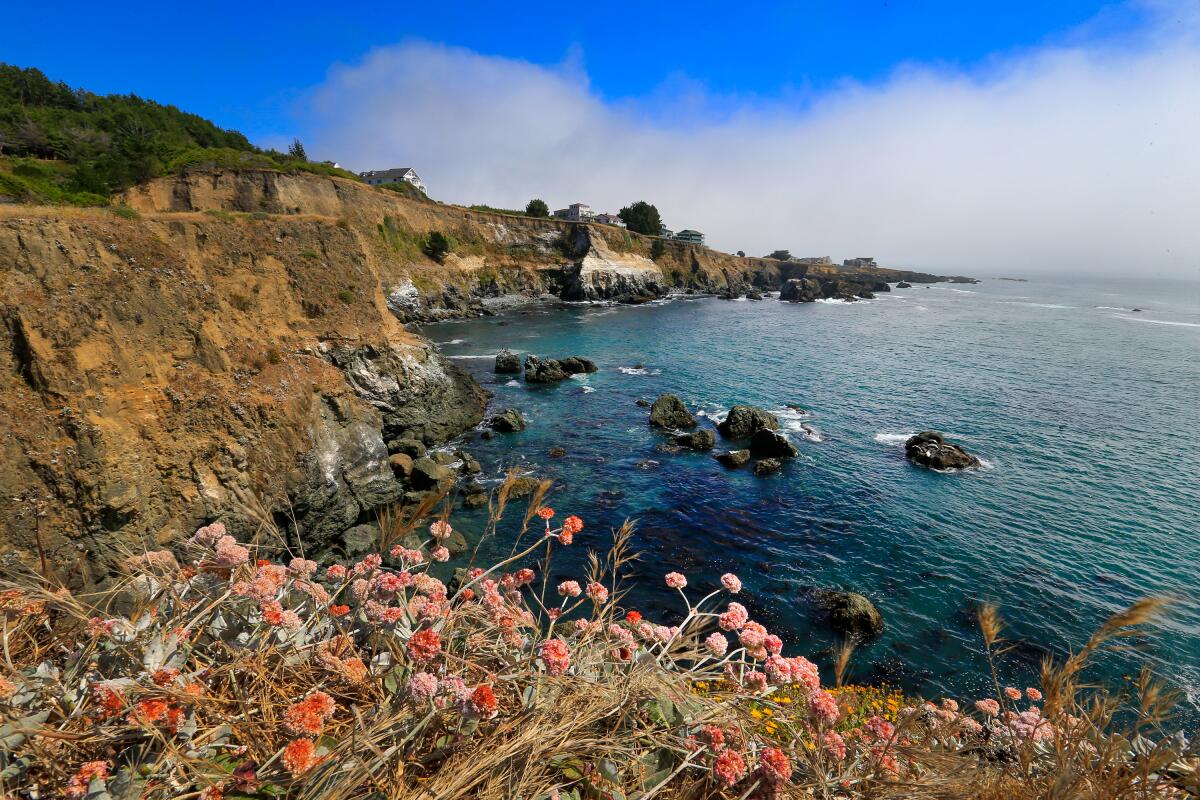
When does this go into effect?
The new fee takes effect Nov. 12.
Is it possible to book a camping trip before then?
Yes! Though it may be tricky, given the trail’s popularity and the looming deadline. You can try to snag a permit on recreation.gov. Permits are sold on a three-month rolling window through recreation.gov. And from May 15 through Sept. 15, 60 people are permitted per day. Good luck!
More to Read
Sign up for The Wild
We’ll help you find the best places to hike, bike and run, as well as the perfect silent spots for meditation and yoga.
You may occasionally receive promotional content from the Los Angeles Times.
